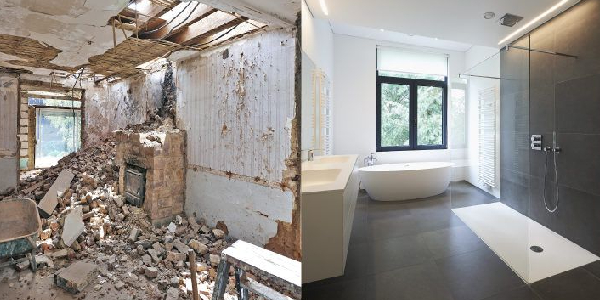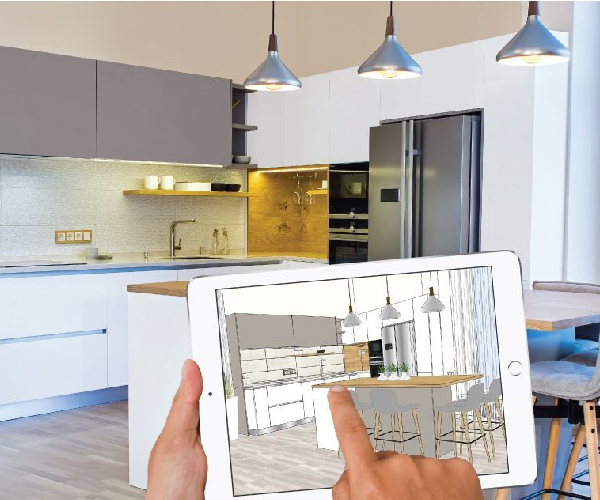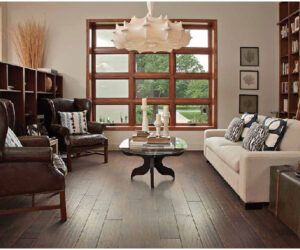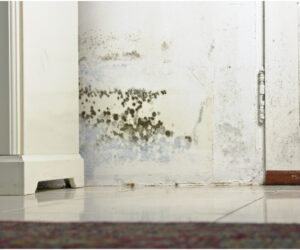In my view, you shop on line and find the perfect home accent. You give in to impulse purchases, take home your new-found treasure, discover that what looked like the ideal accessory is actually hideous to wear, and leave before you can ask what anyone else thinks. I’m not sure what went wrong. It looks amazing in my TV room.
The majority of people are not aware that interior design requires a trained eye. We all fall in love with shopping, but that doesn’t guarantee that everything looks good at home. Colour, lighting, space, size, scale, and position influence how objects in a room appear and can create or break a design. Here I will make some of the most common mistakes when it comes to home interior design.
This can be achieved by using a variety of heights and sizes for your furniture, décors and window treatments. When you enter a room, it should feel as if you have entered a cityscape with a multitude of heights. Everyone should be on the same plane and the same size of the room.
Making everything the same size is a mistake when it comes to interior design. Some people clog up a room by stuffing it with too many small objects, clogging it up and preventing the eyes from resting comfortably. On the other hand, jamming too many large, bulky objects into a small space can look claustrophobic and crowded. This is especially true when designing a room of immaculate proportions that requires a keen eye.
Interior Design Scale
When you hire an interior designer for one of these objects, he can help you with proportions and scales. The right scale requires a mix of different shapes, heights and sizes. If your room is as it should be, there is no way to design a room of adequate size.
We tend to buy things on a whim. That doesn’t mean you shouldn’t buy anything, but you might want to save the receipt if it doesn’t work out.
Compare prices and budget before purchasing
Before you go to a furniture salon, make sure you have a plan and a budget in mind. Size and placement of furniture should be taken into account. Your room should be measured and so should everything else.
There are a number of free and straightforward on line interior design tools available. Before entering the showroom, you should have a plan in mind to help you find what you want while being within your budget.
Shoppers’ remorse is a terrible feeling when they plan to go shopping. Even the most experienced programmers make mistakes. It is difficult to spot our flaws when we spend months tinkering with the same design of a room, but every room needs a fresh pair of eyes to spot weaknesses.
Consult an interior designer
If you cannot agree with this, ask for a second or third opinion. If you can afford it, consult an interior designer, but you don’t have to hire one for the entire project; there are many designers who pay by the hour. Interior designers can change your home with their design ideas. Ask a friend for an impartial opinion on colour options, fabrics and room layout.
We all have our own personal collection. It can start with a single small ceramic bird, but over time you can accumulate a collection of birds of different shapes, sizes and colours. We don’t always follow advice, but we listen to them, and your home design is yours, and what matters is that you enjoy it and do it right.
Arrange the collection of accessories
This is the best way to showcase a collection. Let’s start with the wrong approach, which is a popular mistake when you scatter set pieces around the home. Maybe a little bird tweets from the mantel, or flies up to the coffee table.
There is a certain unbreakable rule when it comes to grouping objects into groups, known as rule three. If so, it is better to display accessories in an arrangement than in a grouping.

Display Artwork
The walls of your house can be turned in to an art gallery. Whether it is a priceless oil painting or a valuable pre-school drawing, everyone has art at home. Therefore, create a collection of your favourite items and exhibit them together.
Experiment with the size, colour and texture of your arrangement, but remember to avoid the popular scaling bug. A popular stumbling block is the question of where art should be hung. The easiest way to ensure that mistakes are less abhorrent than nail holes is to fill in the traces by cutting out the outline of the frame from paper. Tape paper cut outs to your walls and experiment with different placement options until you achieve the desired effect.
Purchase Fabrics and Textiles First
Nevertheless, most of us still make mistakes when painting, especially at the beginning and especially at the very first .Start by choosing a room fabric as the primary textile, such as a carpet or curtain, or something completely different
This should be the reason for everything else, e.g. The curtains, blinds and so on.
It can be difficult to find a fabric that matches the colour we have on our walls, but it is not impossible. It is easy to find a fabric we like and coordinate it in terms of colour.
Go shopping with your budget and room size. For example, inspect fabrics, carpets, pillows and other items. Now is the time to pick up the brush. Find out what you want, choose the paint colour, the colour of the textile you choose, and you will be satisfied with your design choices.
Browsing through a showroom full of brand-new modern furniture is fun, but don’t buy everything. This leads to a common mistake in interior design: Buying anything that works can lead to a dull house.
Give it Character
We can give our work a certain personality by being more “outside” than just “inside” or “outside.”. It can take years to finish the design of your house. There is no time to do everything right all at once.
You can add character to your interior with the odd chair you’ve seen at a flea market or the amazing paintings that the street sellers sell. Try to go shopping at the weekend, and over time you will find the things you want and your personality at home will develop.
Create a Focus
Failure to assign a feature or focus to a room is a popular mistake. Focal points require a room that provides a resting place for the eyes and gives the room a purpose (note that larger rooms may have more than one focal point).
Do not throw furniture through the room, choose a focal point or purpose for the room and arrange furniture around that focal point. Some rooms are simple, such as the TV room, in which the television and the device on which it is located are the focal point, and the other main objects in the room (couch and chair) point towards the television. Other areas, such as the living room or the cave, are more difficult to work on.
Do Not Keep Grandma’s Antiques
We all use furniture in our homes. Fireplaces, gaming tables, large paintings and coffee tables where guests can sit and chat are just a few examples. Some are valuable possessions, while others make us feel terrible and guilty.
You have at least one culpable thing in your possession. You know that your grandmother gave you a piece that you hate and wish you could hide in the cellar, but you can’t because it was a gift from her. You think you’ve made a mistake.It is up to you whether you paint it, give it to a parent, sell it or replace it with what you want.
Express Yourself
Leave yourself free to surround yourself with the things that make you happy. Discard the hand-me-downs and find a new home for what you already have. Your home is a reflection of you, serves as a personal diary of your love and life journey, and when you go into someone’s house and are greeted with beige walls, brown furniture and a single mass print masquerading as art, it is depressing. What you want doesn’t make you happier at home.




